Game Information:
Name: Postal: Classic and Uncut
Released: August 29, 2003
Developer: Running With Scissors
Rating: 7/10
Hardware Specifications:
Processor: AMD Sempron 140 2.7 Ghz
Video Card: Diamond AMD Radeon HD 4670
Memory: 4 Gigabytes DDR2 1066
Hard Drive: 2 TB Western Digital Caviar Green
System Specifications:
Distribution: Fedora 16
Kernel: Linux 3.6.2
Graphics Driver: R600 Gallium3D Driver
Desktop Environment: Xfce with compositing
I am sure that my first experience with the original Postal was very much the same as it was for many of the other people who have decided to give it a go over the years. Having by that point been finally convinced to play and thoroughly enjoy the game's much more infamous and elaborate sequel, I curiously endeavoured to play the game that came before it wondering just where such a messed up if creative worldview could have possibly arisen from. The fact that the original game often comes packaged alongside it's sequel has probably greatly contributed to it's longevity because it has allowed those of us, such as myself, that were at best only vaguely curious to try it out a very easy and accessible way to try it without the need to strain ourselves too hard for the privilege.
Ignoring a couple of technical quibbles which I shall divulge in greater detail for you later on, my first experience with Postal went something like this. Having got the game installed, I started the first level and was immediately greeted with a dingy if yet still strangely colourful world of dreary snowpacks and rundown buildings. Fully aware that the game first came out in 1997, I managed not to get too off put by the fact that the game uses the arrow keys rather than the standard WASD configuration that we have all now gotten so utterly used to these days; must be one of the benefits of growing up always playing games years after their original release dates I guess. What was slightly more off putting however was the fashion in which my on screen avatar did decide to move after responding to some of my key commands.
The game proudly proclaims in one of it's descriptions that the gameplay is highly inspired by the old Robotron: 2084 (1982) arcade game, and while I was prescient enough to expect a certain amount of nineties gameplay conventions, the recreation of the 3/4 isometric projection of an old eighties arcade machine did take some getting used to. Still, moving beyond that little bit of conciseness raising, I was still fairly quickly able to start committing the sordid array of violent acts that the game would become notorious for; at least until the sequel came out and overshadowed some of the original's more gleeful bloodshed. That being said, the game's over the top screaming and pleading for mercy was enough to immediately draw me in and help me forget some my original fumbling about with the controls.
In almost no time at all I had cleared the level of almost every living thing on the map, and while I appreciated the fact that I was given the opportunity to survey my carnage in a fairly considered retrospective fashion, it soon became immediately obvious that I had absolutely no idea how to carry on from this point. I just continued running around the disconsolate little hellhole that was being depicted desperately searching for something that I might have missed and that would allow me to proceed to the next area. A good deal later on I would find out that I was not the only one to get stuck on this particular little hurdle; it turns out the developers were expecting you to figure out that you had to press the wonderfully discoverable “F1” key after completing your assigned objective in order to proceed to the next area.
Now, to be fair, they do comment on this in an included if rather facetious instruction guide bundled with the game's data, stating in large bold red letters that this little piece of information is, in fact, the most important thing you need to know in order to play the game. Again, this file is another throwback to a time when people were supposed to buy a game from a store and have a nicely illustrated instruction manual to read from. As it stands though, I would not blame anyone for missing it, especially if you like me are now playing it from the Desura release, where it is again rather unintuitively hidden out of sight and is not even selectable from the Desura launch screen. To quote the Postal Dude from the next game, “I'm sure that sounded intuitive in the design docs!”
Going back to an earlier point, the game's technology has also not aged all that well either. When first launching the game I discovered that it is stuck permanently at a 640x480 resolution and that it offers no apparent means to change the screen or window settings, which I found to be quite aggravating. Granted, that was partly due to it feeding into an already present frustration with my version of Xfce brought on by the fact that my desktop icons will lose their position upon screen resolution changes, but it also unfortunately causes the game not to scale as well on higher resolution displays. Which is a shame really, since the art assets are one of the things the game really has going for it. I also could not help but notice that the game does indeed support being windowed, but only if one presses “Alt-Enter”. This option is not made available in any of the game menus.
At this point one might be thinking that I did not enjoy the game. The truth is I did: it is quirky, dark, funny, and even strangely compelling at times. However, to be able to truly appreciate the game one must enter it with the knowledge that they are about to play a flawed masterpiece; without that knowledge one might be tempted to berate Postal unfairly and give a disservice to a surprisingly inventive and even deep game. Now that I have listed those flaws, I can now in good conscience give the praise that most of the rest of the game rightly deserves. For instance, while I have fully admitted that the game's controls are a little hard to wrap your head around, they do provide for a rather anxious gameplay experience, as you are never really that sure where you are aiming and who is behind you. It helps add to the game's dark ambience.
In fact, almost everything about the game comes together extraordinarily well in this regard. The music direction is great, with an often absent if still haunting or driving soundtrack that shows up only when it is most necessary. However, the game for the most part relies on it's sound effects to set a mood, with a wide range of screams, blasts, threats, and taunts permeating the often elaborate surroundings that the game relishes putting the player in. The screams in particular are grotesquely violent and yet still so obviously over the top that one does not know whether to laugh or be very disturbed. It is in this grey area that the game excels, making one never sure if the game is mocking death or celebrating it. It is clearly humorous parody, and yet at the same time it is also just so damn creepy.
Credit must also go to the great casting of Rick Hunter, someone who can easily stand alongside other great luminaries such as Jon St. John and Stephan Weyte when it comes to providing kick ass voicing to some of our favourite action game protagonists. While his true talents were arguably not fully utilized until the sequel, the almost incongruous quips he inserts into the game are still a very much appreciated addition, managing to inject even more personality into a game that is already seething with attitude. Not that any of the other casting can really be faulted either, especially since it becomes quickly obvious upon a casual glance of the game's credits that most of these voices were in fact provided by the rest of the Running with Scissors staff themselves, as well as their family and friends.
The other aspect, other than the screams, that everyone tends to remember about the game are the legitimately creepy diary entries that are displayed at the beginning of each level. From the opening line informing the player that “the earth is hungry” to the somewhat notorious refrain “blessed are the meek for they make easy targets”, these grant the player a unique window into the Postal Dude's mind and offer up some of the few legitimate plot points revealed from the game's often cagey story. Credit for most of these goes to the late Bill Kunkel, the infamous Game Doctor and sometimes dubbed grandfather of video game journalism, who injects much of his famous wit, humour, and satire into many of these dark epitaphs. Also slipped in for good effect at the end of the credits was the warning that “copyright infringement will be punishable by death in any country accessible by air travel”, a nice addition that makes me glad that I did in fact pay the small penance required to legally purchase the game.
The game's history also turns out to be rather amusing. RWS started out as Riedel Software Productions, a studio best know for franchise derived educational games such as Spy vs Spy (1984), Sesame Street Countdown (1992) and Tom and Jerry (1993) After years of building licensed games for children, something snapped in the minds of the developers, and a new game franchise and a new radically different development studio was born. The idea was to build something that was completely distinct from anything else that they had made before; what surfaced was a completely original IP with a setting that definitely would not make it into any educational game. The story of an average person opening fire on often innocent and unsuspecting bystanders fit the bill, and turned RWS from being viewed as kid friendly developer darlings to startling digital renegades.
Returning to the subject of the plot, as I previously mentioned, the game never seems to want to give you too many details. The presence of a removal truck and a cop car parked outside the Postal Dude's home do seem to suggest that he is being evicted, and this is the generally accepted back story to the game, but it is never fully elaborated upon inside Postal itself. One of the expansion levels does have the Dude incredulously ask why the shopping centre he is in does not stock Postal before opening fire, planting the idea of on screen revenge that would later become more fully explored in the game's sequel, but this still does not qualify as a proper reason to explain away his actions. I almost get reminded of Japanese anime director Hideaki Anno's own insistence on vagueness when it comes to his famous creations, as both his works and Postal share similar caginess in terms of plot, leaving plenty of hints but not many explanations.
Despite this, the game does have a legitimately intriguing ending with a strange twist that actually offers some quite involved final reflections. Regardless, just the simple premise of a man gone mad is often more than enough to justify the actions taking place on screen; and an oddly colourful view that screen becomes. Pimped as featuring “beautifully hand-painted background graphics”, the game presents the player with a truly unique art style which manages to successfully achieve the interesting contradiction of bright colours while at the same time showing off some truly dingy environments. The game's background paintings do indeed showcase the work of talented artists trying to create the less than beautiful, and it is in many ways a shame that the gameplay itself demands such a high level of direct attention, as the amounts of little details available in each and every level is truly outstanding.
In fact, it was not really until I was taking the screenshots for this review that I was able to truly analyze some of these paintings, and it was only then that I actually realized how many little details were present in these shots. The thing I love most about the game's graphics however is how evocative the artistic direction is to some of the old illustrations I saw growing up. Every time I play I get these images in my head of old government posters and textbook illustrations, telling me that I should recycle or outlining the process of the water cycle. Most of these have long since been superseded by modern vector illustrations in modern textbooks and promotional posters, but I do get a definite feeling of ironic nostalgic joy in getting these images in my head of public service and academic instruction while I am busily blasting away police officers and innocent bystanders with my shotgun.
Speaking of shotguns, it is about time I started to outline the varied array of weapons that the game has to offer. Postal notably features no melee weapons, an understandable compromise given the nature of the game's controls, but it does thankfully more than make up for this fact with the inclusion of three flame inducing weapons, namely the Molotov cocktail, an incendiary grenade launcher, and the most lethal of all weapons, the flamethrower. These are the games obvious highlights and can be great fun to use, especially when utilizing different latitudes and varied terrain to conceal your approach or to simply allow yourself to rain down hell fire from above. The game also contains the standard array of shotguns, rocket launchers, grenades, and machine guns that we have all become used to, with the weakest of the latter happening to be the Dude's trusty mainstay throughout the entire game.
The most powerful weapon of the game also happens to be a machine gun; a weapon capable of unleashing a devastating amount of damage, especially at close range. If any one complaint can be levelled at the game's weapons though, it is that the game itself is not exactly encouraging when it comes to the use of all of them. I played through most of the single player campaign almost exclusively using either my mainstay machine gun or the Dude's trusty shotgun, only using the other weapons on very few rare occasions. It simply felt easier and more economical to play this way. Granted, I must admit that I do have something of a neurotic habit when playing games in that I often keep all of my advanced weapons in stock in case the game gets uniformly nasty and then never actually end up using them, a habit I first picked up when playing the original Doom (1993) and discovering just how easy most of the boss encounters are when you never use up any of your plasma or BFG cells.
When I can play through the entire game and completely miss a full category of bomb based weaponry however, it does seem to indicate the game has conditioned me against experimentation a wee bit too much. Helping to compound this is the fact that most of the explosive based weapons end up feeling a little disappointing when used. While they certainly are powerful, they can also be a real pain to aim, with exception of one specific type of tracking rocket. It is, however, very easy to chuck a grenade or fire a regular rocket at just the wrong angle to miss a target completely, and neither of these weapons offer that much in terms of splash damage, only causing minimal pain to nearby targets. Indeed, these weapons instead tend to prove to be the game's main challenge, as your opponents can often utilize them a lot more effectively than you can and at a much faster rate. Regular projectile based weapons are fairly easy to dodge, assuming you have enough room to move, but dodging a rocket or running away from a grenade can prove to be significantly harder.
Thankfully this difficultly was recognized by the game's designers, who added a specific duck key to the game just for handling these kinds of assaults. Many a level was lost or won based on how quickly my fingers could move to this most necessary of keys. The levels themselves also proved to be quite interesting and varied. Through the course of the game, the Dude will shoot his way through trailer parks, gas stations, city streets, a train station, a shopping mall, cavernous railway tunnels, city parks, a military base, devastated buildings, several different forests, a shantytown, a resort, and even an ostrich farm. While blasting your way through this varied assortment of Americana you will also be able interact with a wide variety of opponents and innocent bystanders, all rendered in three dimensions, offering just that little bit more detail to an already quite detailed game.
You are forced do battle with forces of police officers and random vigilantes, and can choose to fire on even more ludicrous targets including marching bands, nudists, senior citizens, as well as the previously mentioned ostriches. But perhaps what I found most surprising about the game was how much of the sequel's ideas actually took their root in the franchise's first original outing. So many good ideas were presented that were later reworked and presented in such a way as to further enhance the crazy town of Paradise that we would later be introduced to in Postal 2 (2003). Great things like torching marching bands, the flexibility given to who you choose to kill, Rick Hunter's brilliant quips, and much of the games legitimately outstanding sound effects made their way into the next game and made it so much the better for it. Just for that I am grateful to this odd little title, as it has definitely left a lasting legacy for all similarly demented gamers.
Another interesting addition to Postal are a distinct set of levels called “Challenge” missions, which are supposed to offer the player several specific goals to accomplish each level before passing onto the next mission. This eschews the traditional need to kill a certain amount of hostiles in order to progress as was established in the traditional single player campaign. While the concept sounds fun, these missions do not appear to be launching for me at the moment. When I try to start the first mission, delightfully titled as "The Gauntlet", I get met briefly with a level load screen before being quickly kicked back to the Challenge menu. The other missions are inaccessible, presumably needing to be unlocked by playing the previous mission, meaning that this becomes a critically fatal bug that tarnishes an otherwise quite interesting gameplay concept. While I have filed a bug report and notified RWS support, I do not hold out much hope for a fix for this to come anytime soon.
After all, RWS has already stated that they have no plans to launch the game on Steam, feeling that it has not aged well enough to be offered on their service and that it would not be worth their time to attempt to Greenlight such a problematic game. Considering the trouble they had getting the titles much more impressive sequel on Valve Software's service, this is a more than understandable trepidation. Postal is still thankfully available for purchase at a decent price from Desura however, with RWS having adopted it as their preferred downloadable games platform, dumping their previous RWS store setup and instead redirecting potential customers to use Desura. The game can also still be purchased as part of their boxed Postal compilations for those who still wish to desperately cling to physical media, although if you really do wish to opt for this option you can still thankfully also acquire a Desura key by sending a proof of purchase to RWS support.
While some might find me a bit batty for deciding to review such an old game, it just may become relevant again. After the disaster that was the attempted third instalment of the series, RWS is thinking it might be time to go back to the basics, and a remake of the original Postal is the first thing on the agenda. While little has been revealed about the full scope of the project, the goal seems to be to bring back the dark ambience and theme of the original game while also throwing in the advantages of modern technology. The idea of blasting my way through the game's twisted worlds with modern physics and more realistic graphics definitely has a certain appeal. Nothing seems to have been settled in terms of engine technology and supported platforms as of yet, but it has already been confirmed that if they can bring it to Linux, they will bring it to Linux, so this is definitely something to keep on a eye on for Linux gamers.
There is no denying that Postal has some faults even when compared to some of the other games that were released around the same time as it, and time has definitely not been very kind to the title itself. But the concepts that the game explores, the ideas being expressed, and much of their actual implementations are just so interesting and compelling that one can still actually look past many of these faults and see the hidden gem that lies underneath. It is still a troubled game, but it is a game that justifies itself in a way that most problematic games do not, and this alone makes it worth a play through. It is not a game that I would recommend to someone unaware with the franchise it started, and it is not a game which I would suggest anyone pays too much money for, but it is definitely a game that is worth trying out for those that care about gaming as much as I do. It is an entertaining and artful diversion, and those qualities are thankfully eternal and manage to make the game still a valued item in my gaming collection.
Hamish Paul Wilson
October 28, 2012
Addendum: RWS later changed their mind about a Steam release after receiving an unexpected amount of requests for it, and a newly updated version was released on Valve's service in March 2013. Any changes not reliant on Steamworks should work their way onto the version released on Desura as well, and all Desura purchasers should also have been gifted a free Steam key.
Hamish Paul Wilson
August 4, 2013
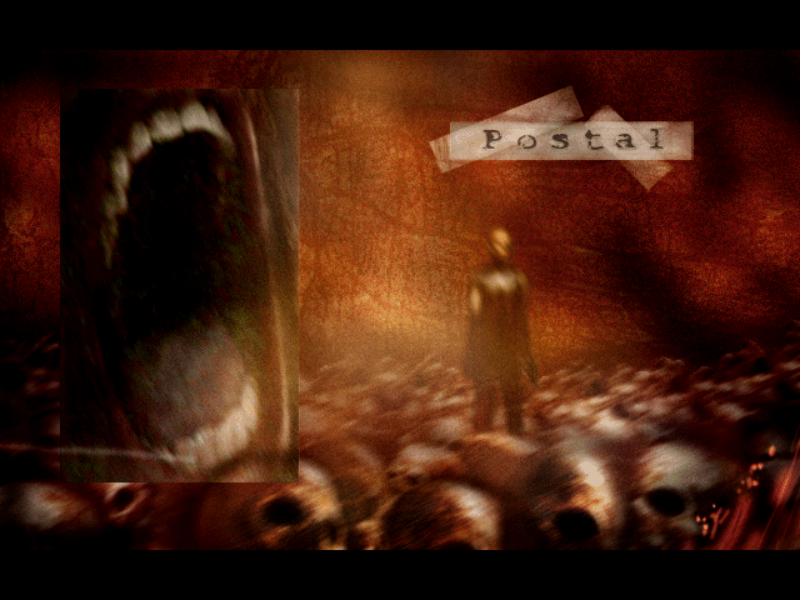
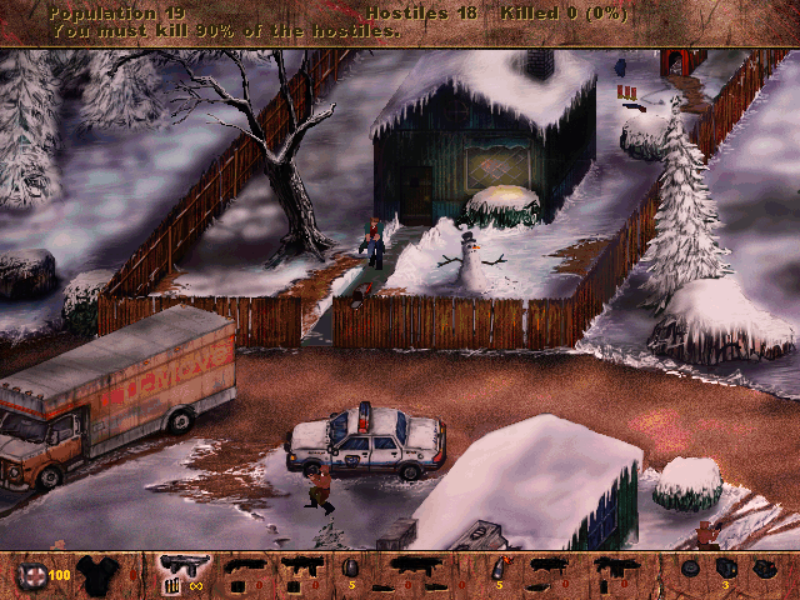
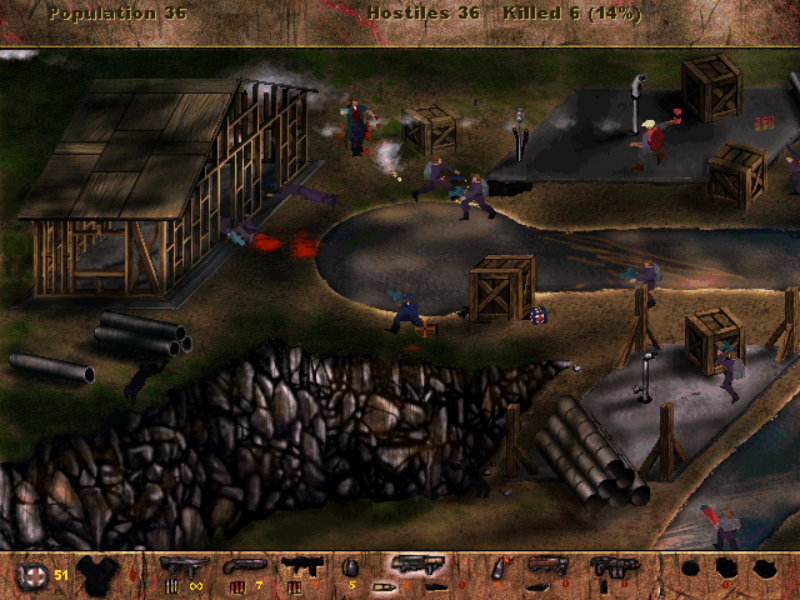
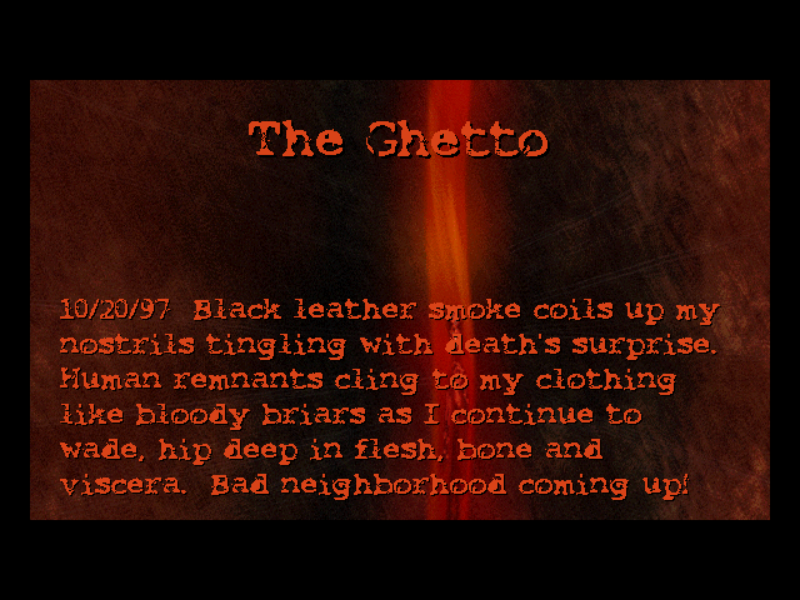
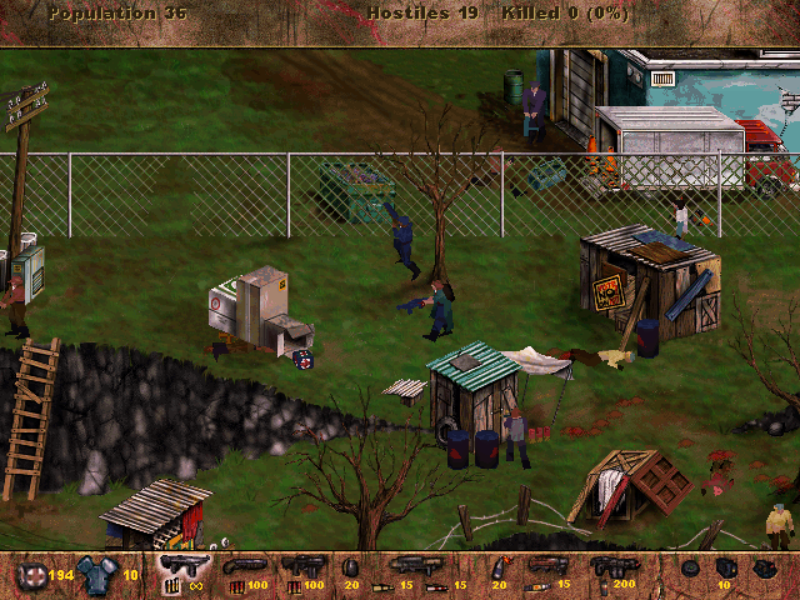
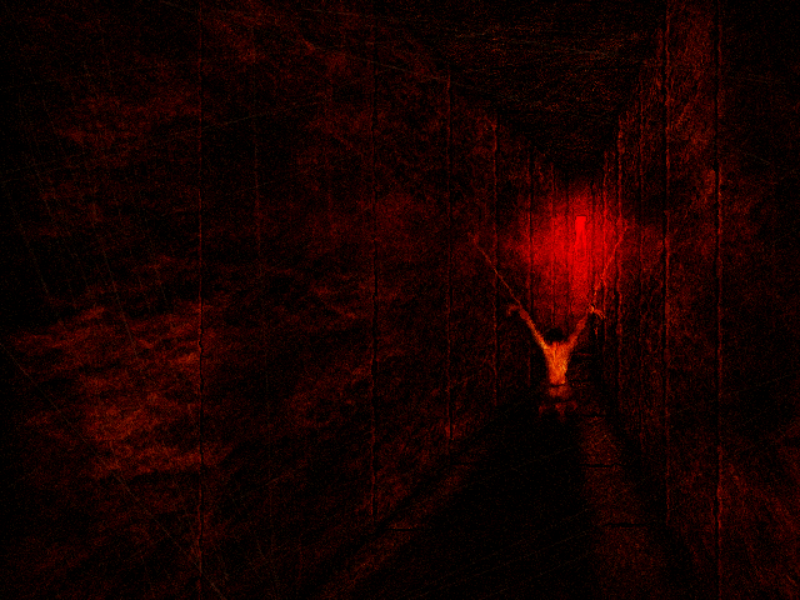
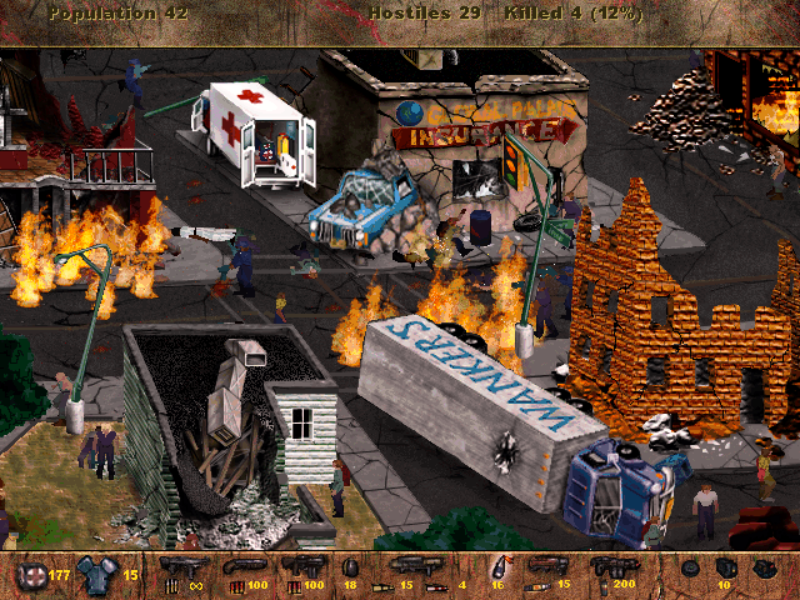
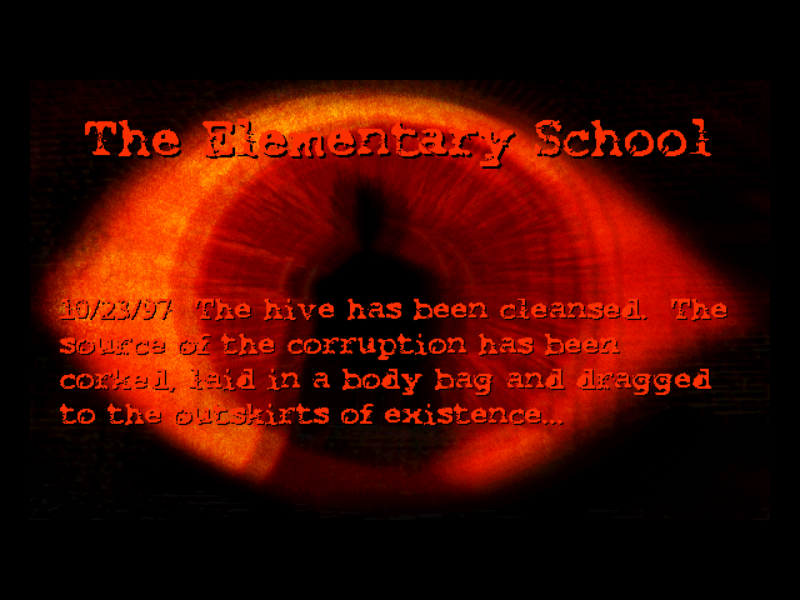
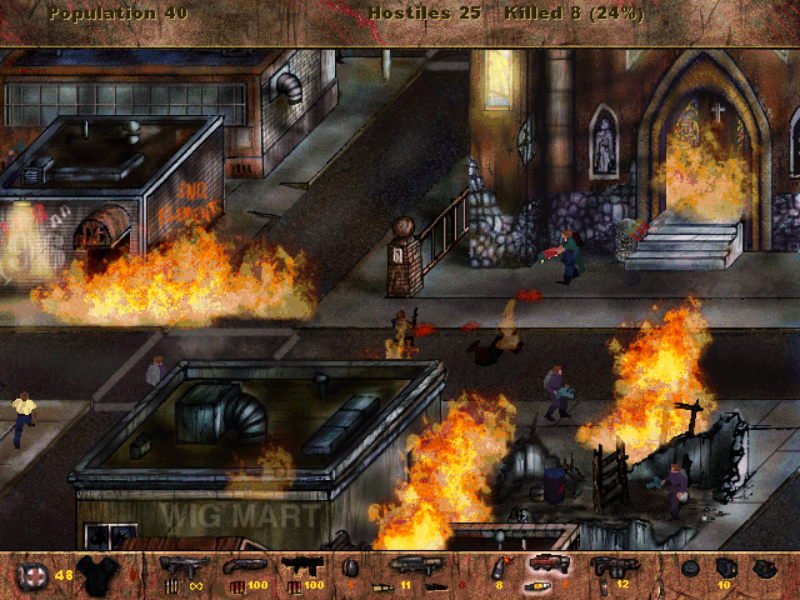
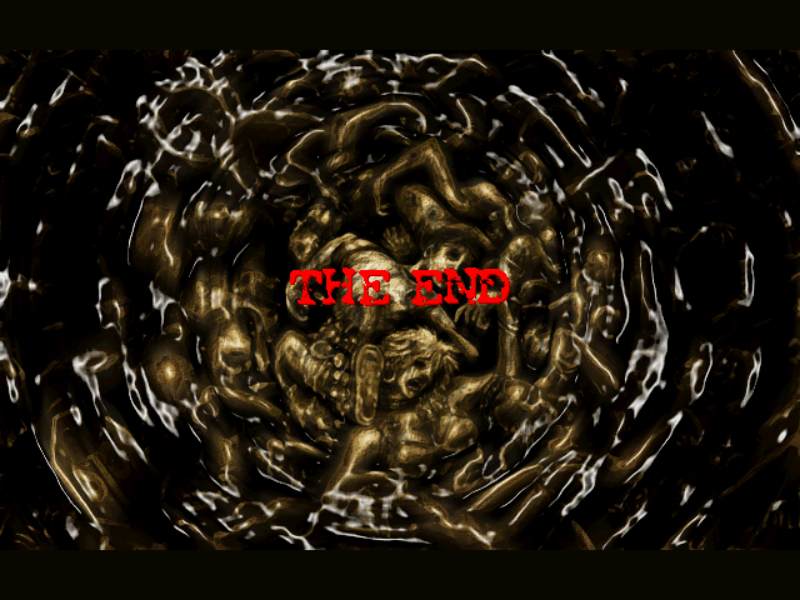
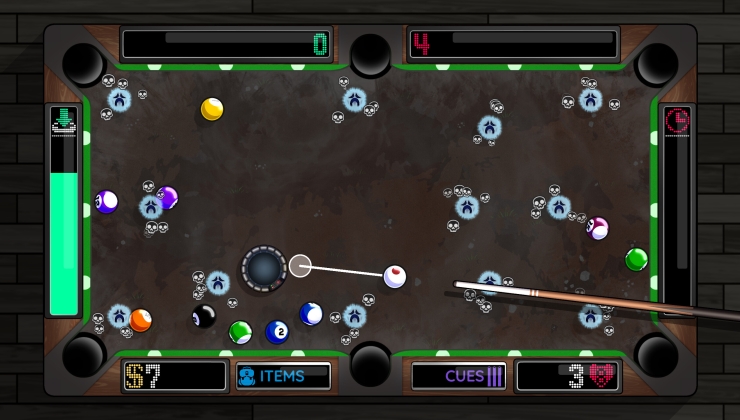
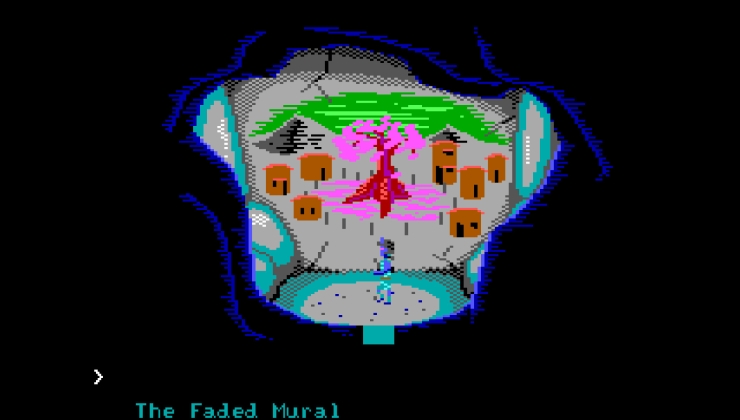
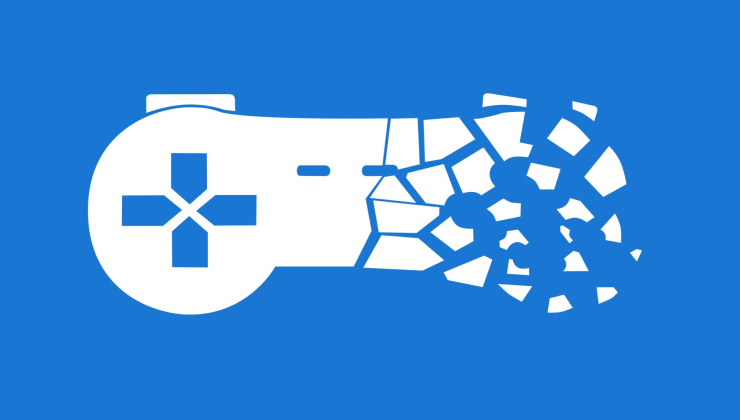

 How to install Battle.net on Linux, SteamOS and Steam Deck for World of Warcraft and Starcraft
How to install Battle.net on Linux, SteamOS and Steam Deck for World of Warcraft and Starcraft How to play games from GOG and Epic Games on Linux, SteamOS and Steam Deck
How to play games from GOG and Epic Games on Linux, SteamOS and Steam Deck